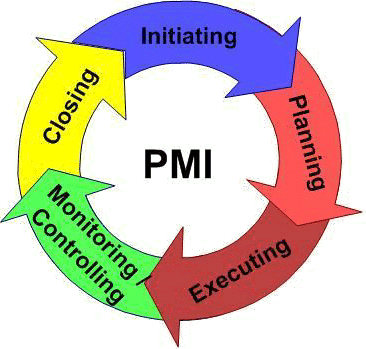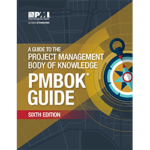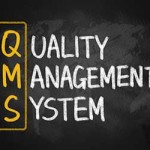
According to the Project Management Body of Knowledge (PMBOK), the foundation of project management rests upon the five phases that every project goes through: Project Initiation Project Planning Project Execution Monitoring & Controlling Project Closure Project Initiation This process group includes the basic groundwork necessary to create … [Read more...]












